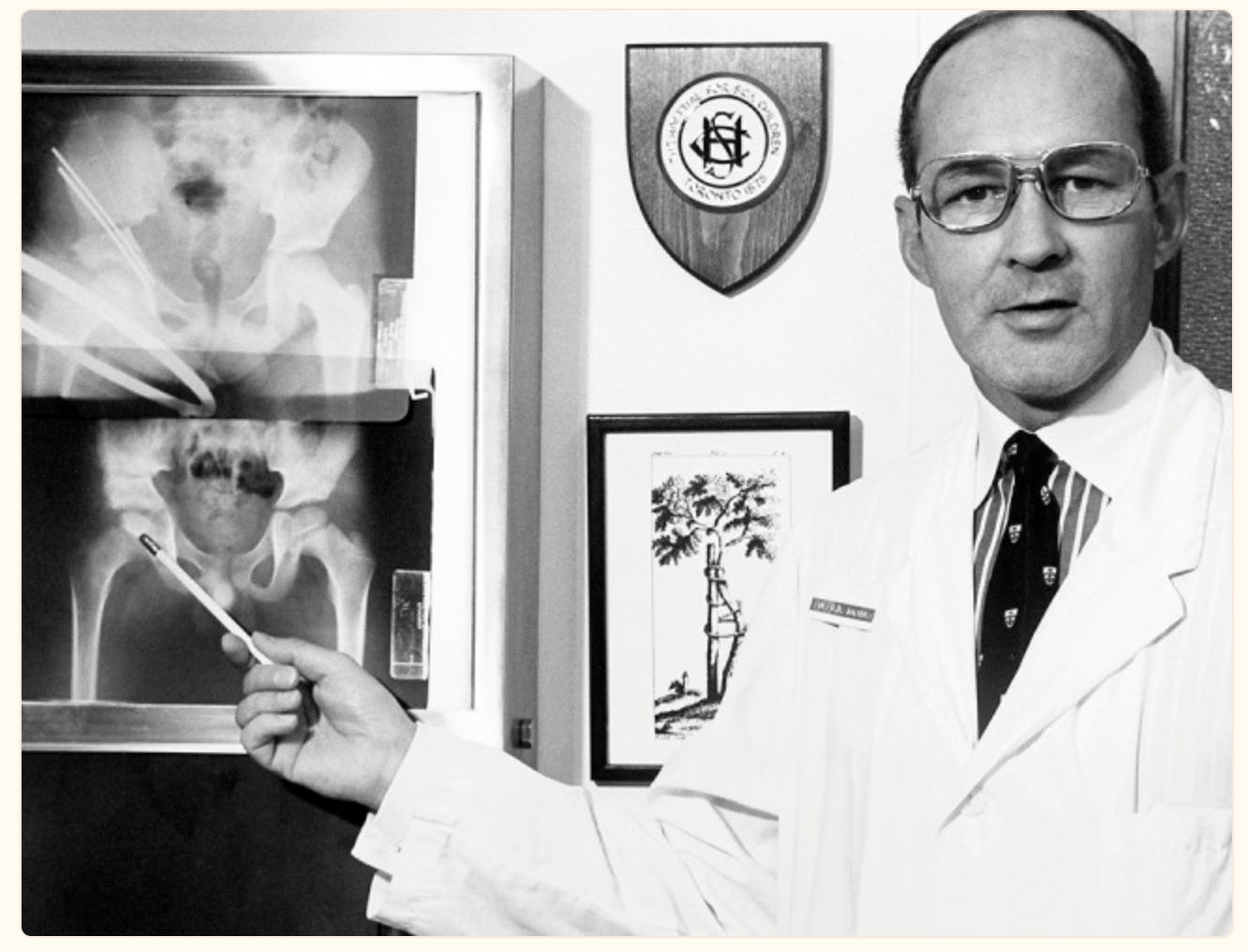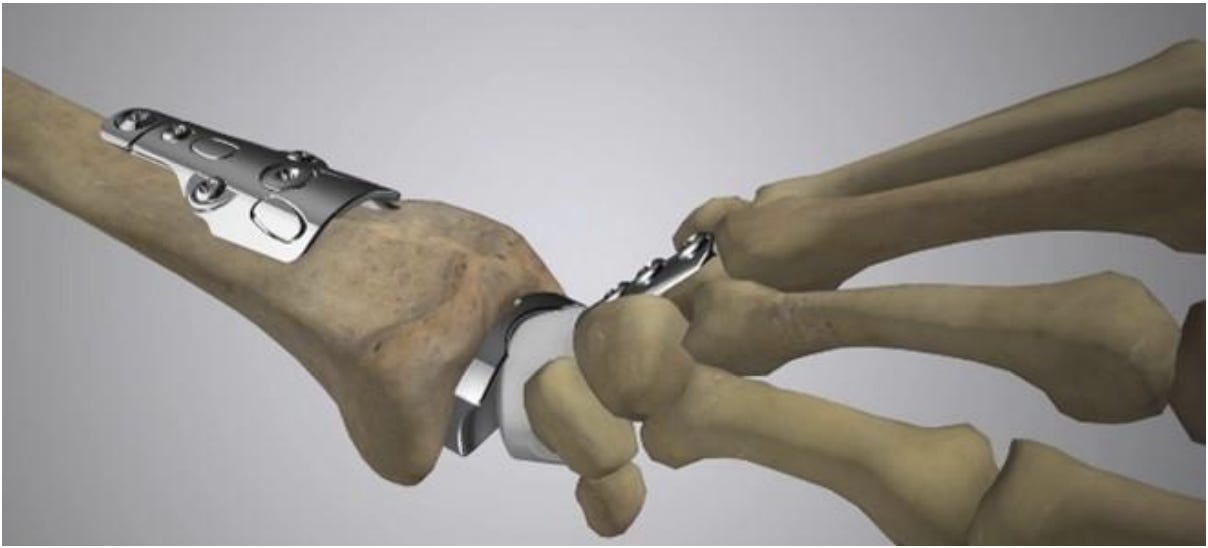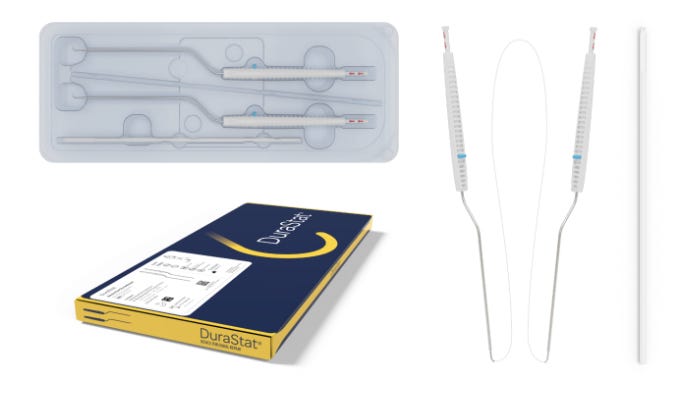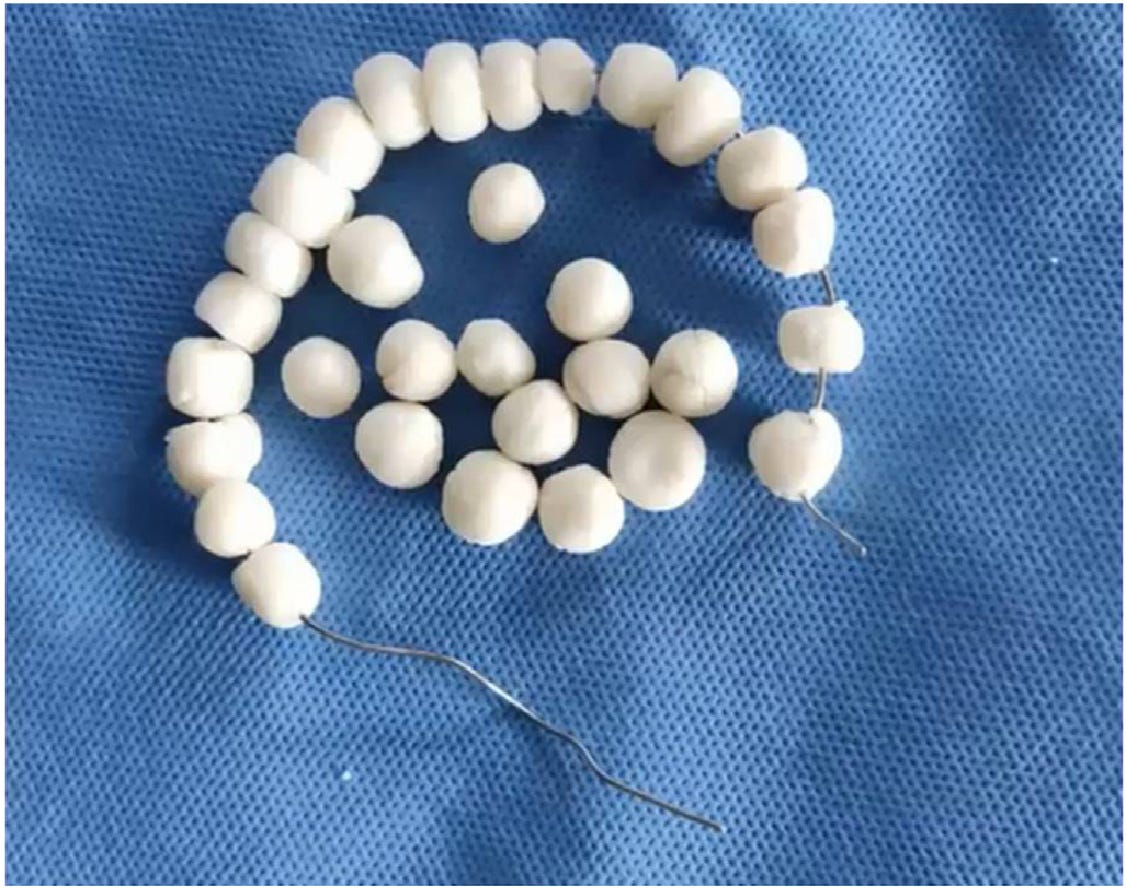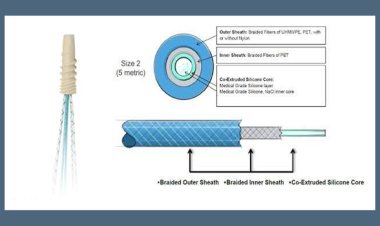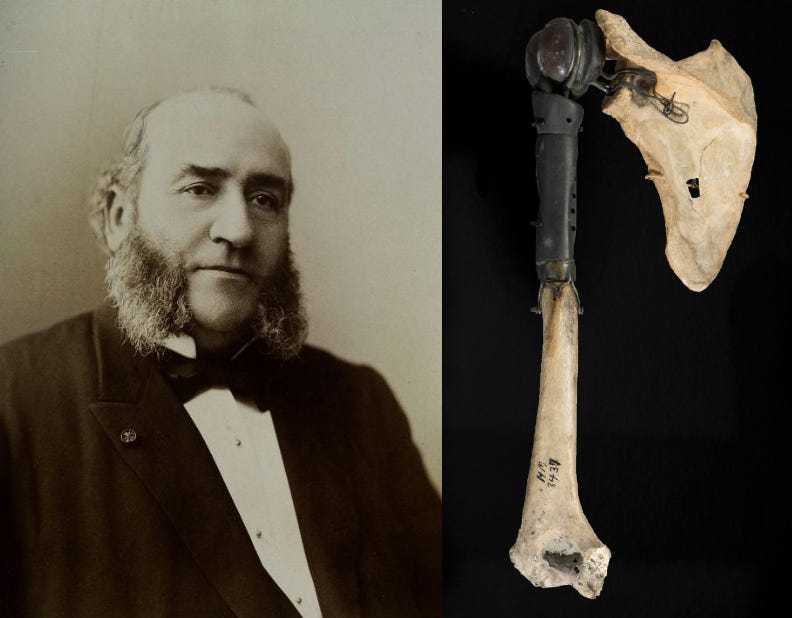Dynamic Man Follows-up Obese
Stop frowning. Come! let us Brew with Bones

These soft tissue repair sutures are designed to maintain a more stable healing environment compared to static sutures currently in the market. Suture’s ability to expand radially and contract axially allows mitigating negative aspects of repair such as laxity, creep, knot slippage, or the potential impact of patient non-compliance. It can maintain tissue bone approximation force set on repair, thus minimizing micromotion and gap formation.
How does it expand?
Well, when it is placed in an aqueous environment, the salt particles within the silicone core elute out, leaving behind a micro-porous structure within the silicone core. These small voids are consequently filled with fluid as the core hydrates, resulting in radial expansion of the suture braid. This radial expansion of the braid causes an axial shortening of the total suture length.
Never will your knot loosen ever!

The lesser-known of the Manmohan Singhs
I hope all of us must have heard of and must have been questioned on Singh's Index. But how many times have you wondered which Singh gifted this simple yet effective method to the Orthopaedic world? Well, it's Dr. Manmohan Singh.
Mo, as he was fondly called was brought up in Patiala, India. He entered America in 1969, with a Fulbright Scholarship. Having trained in elite institutes like the Mayo Clinic, Dr. Mo became the director of Orthopaedic Research at Michael Reece Hospital, Chicago. A keen researcher and a fine surgeon, Dr. Mo is best known for his kindness among the patients. Dr. Mo was a sincere teacher, training all his residents with dedication and love. It was unfortunate for him to fight Parkinson's disease in the latter part of his life. On February 13, 2021, Dr. Mo passed away at his residence peacefully.
Listhesis surgery & Obesity - married happily ever after
Most would think obese patients with spondylolisthesis don’t get great results out of surgery. Well, AK Chan et al. dug deeper!
On analyzing the outcome measures across 382 obese and 415 non-obese patients they found obese patients to suffer worse than non-obese patients in all aspects. However, they improved significantly 1-year post-surgery than the non-obese patients.
Thus obese patients showed remarkable benefit from surgery for lumbar spondylolisthesis making them fitting candidates for surgery.
And yes this is the top-cited paper in spine surgery this year.

Though follow-up is an integral part of every study done, authors arbitrarily define follow-up in their study to be short, mid, or long-term. Consensus in this regard shows a large range of variation.
SS Ahmad et al. analyzed this discrepancy across six highest-ranked orthopedic journals and came to the following conclusion from their systematic review:
Short-term follow-up: 2.5 years
Mid-term follow-up: 5 years
Long-term follow-up: 12.5 years
So, guys think twice before adding long-term in your study headings!

Check these hotlinks out! The pandemic offers you the luxury at your doorsteps!.
-
OASISTNOACON =
Double Dhamaka- abstract submission deadline - July 21 -
World Congress on osteoporosis, Osteoarthritis and Musculoskeletal diseases











